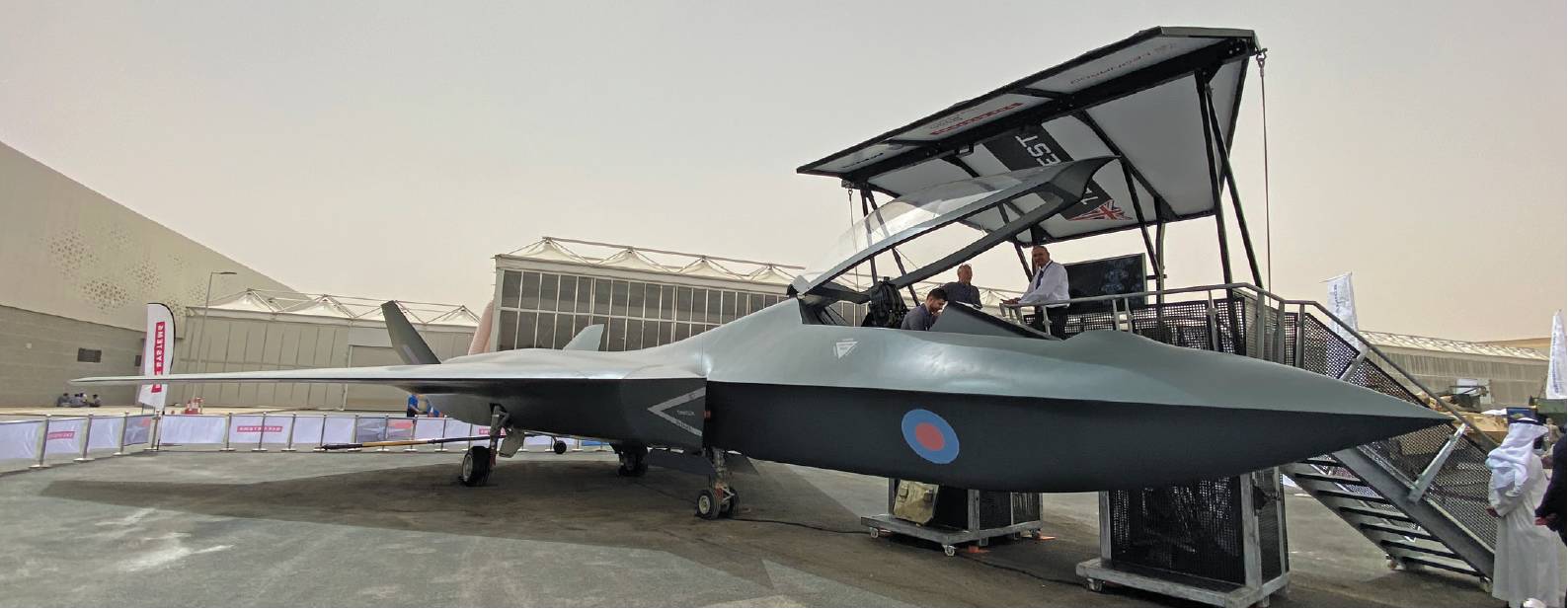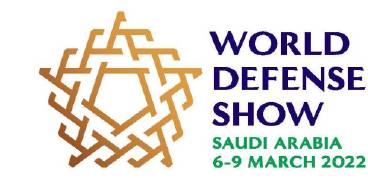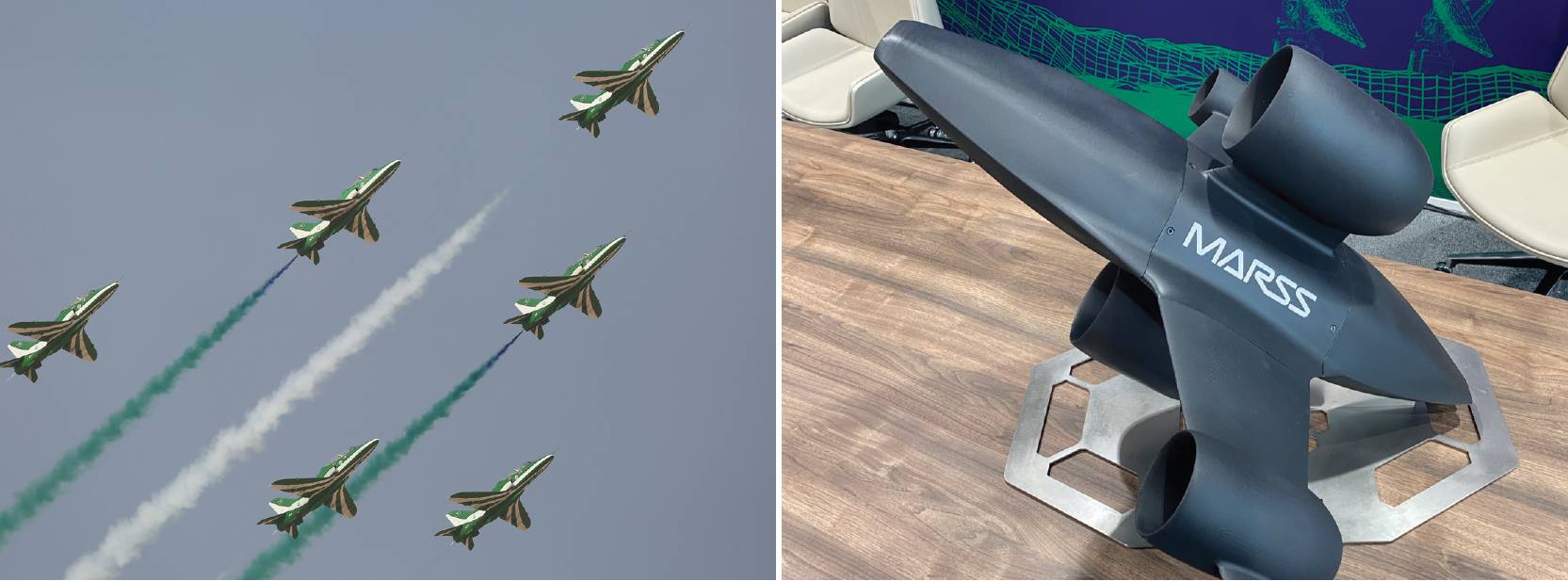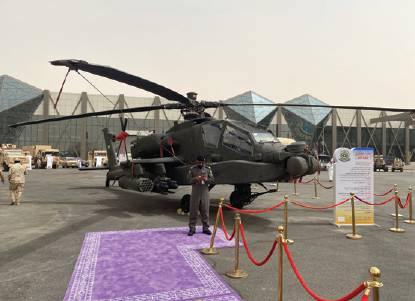DEFENCE Saudi Arabian World Defence Show (WDS) report
Saudi on show
ANDREW DRWIEGA reports from the inaugural Saudi Arabian World Defence Show (WDS) held on 6-9 March, intended to support the Kingdom’s Vision 2030.
 BAE Systems displaying its full-scale Tempest future combat air system. Andrew Drwiega
BAE Systems displaying its full-scale Tempest future combat air system. Andrew Drwiega
The first Saudi Arabian World Defence Show (WDS), founded by the General Authority for Military Industries (GAMI), was staged some 43m (70km) outside of Riyadh (6-9 March), at a purpose-built location in what had previously been only desert.
Governor of GAMI, Ahmad Al-Ohali, stated to the WDS how the defence industry was economically important by creating industrial opportunities. The Saudi government has stipulated that 50% of military expenditure should be spent within the kingdom by the end of the decade, known as Vision 2030. This intent was demonstrated at the show by the number of Gulf Cooperation Council (GCC) defence companies actively looking to develop and sign joint ventures, partnerships and distribution agreements.
“One-third of all exported combat aircraft in the past two decades worldwide went to the Middle East, of which 20% went to Saudi Arabia, 17% to the United Arab Emirates (UAE) and 17% to Israel,” said Emile Hokayem, Senior Fellow for Middle East Security, International Institute for Strategic Studies (IISS).
 Hokayem was speaking at the IISS Riyadh Defence Forum on Saturday 5 March, one day before the opening of the first World Defence Show. The remarks were highlights taken from an IISS Report entitled Regional Defence Policy and Economics in a Global Context. Research was conducted among 11 MENA countries from 2008 to 2021.
Hokayem was speaking at the IISS Riyadh Defence Forum on Saturday 5 March, one day before the opening of the first World Defence Show. The remarks were highlights taken from an IISS Report entitled Regional Defence Policy and Economics in a Global Context. Research was conducted among 11 MENA countries from 2008 to 2021.
According to Hokayem, the Gulf States (Saudi Arabia, United Arab Emirates and Qatar in particular) have looked to maintain air superiority over Iran. Israel has also sought to maintain its air power strength. This is due to the rise in airborne attacks, particularly in the UAE with up to 50 incidents, while Saudi and Israel have experienced more than 50 identified by the IISS report (between 2008-2020). Most of these have been launched by non-state actors.
Hokayem said that the reaction to this by the Gulf states is that they have looked to improve their defence in three areas: ground-based air defence (GBAD), aircraft and UAVs.
Air force modernisation has evolved around building an ability to project power to attack, preempt and punish. Before the last decade it was only really Israel that conducted air attacks but this has extended to Arab air forces in the last decade with offensive air operations in Libya, Yemen and Syria in the main.
“Eight out of ten countries that we have studied have acquired or developed armed UAVs in recent years and at least five have used them in known operations,” he added. “Armed UAVs are seen as an essential component of a modern arsenal and demonstration of technological capability.”
Addressing defence procurement, and in particular air power, Fenella McGerty, Senior Fellow for Defence Economics, IISS, pointed out that Lockheed Martin’s F-16 had been the most popular aircraft choice, accounting for over one-third of deliveries (this represented aircraft currently in service not on order). Operators include Bahrain, Egypt, Jordan, Iraq, Oman and the United Arab Emirates. The report singled out the Qatari Air Force as one that had been modernising the fastest, with 96 aircraft from three different types.

